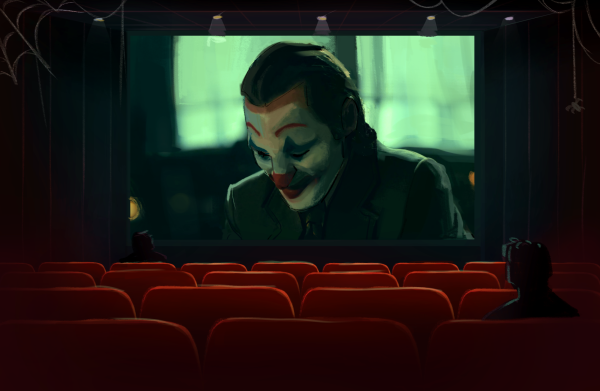‘Annihilation’ is dead
Thirty-nine years after Andrei Tarkovsky’s masterpiece, director Alex Garland, who debuted with “Ex Machina” in 2014, released last month his version of “Stalker” called “Annihilation,” a fitting title as it “refracts” the original beauty of “Stalker” into something unrecognizable.
The film’s main premise rests predominantly on the Shimmer, a soap bubble-like field that slowly growing, mutating and “refracting” the DNA of all that it touches.
In the film, Lena (Natalie Portman) is grieving the loss of her husband. When she musters up enough courage to paint their bedroom, her husband, Kane (Oscar Isaac) appears. Not long after, Kane starts coughing up blood, and eventually they all get taken to Area X, a super top secret military base.
This parallels the story of “Stalker,” where the mysterious Stalker acts as guide for three unnamed men and take them deep into the Zone, all in hopes of finding the Room, which can grant them any wish.
Like “Annihilation”, “Stalker” also doesn’t pick up until 40 minutes in, wherein they finally step into the Zone.
All this exposition, though uncomfortable for any other movie, works well here. It establishes the characters, and had the movie any depth, it would allow us to care about and understand them.
“Annihilation’s” first pitfall is that none of the characters are particularly likable and are more akin to walking stereotypes. The movie refuses to believe in the audience’s abilities, repeatedly using flashback sequences to reiterate a point, patronizing the audience.
One of the reasons why “Stalker” is hailed as a masterpiece is due to its method of storytelling. Unlike later directors such as Wong Kar-Wai, the formula for a character study had not yet been laid. The idea of a story without a plot was still new.
But “Stalker”at its very core was a character study on not only the three unnamed men, but also a metaphor for life.
At the core of “Annihilation” is a “Kingdom of the Crystal Skull” – a movie that leaves the audience wondering what in the world is going on, and whether they’ve had a “Close Encounter of the Third Kind” or the turd kind.
“Annihilation” also suffers from “Interstellar” syndrome – the need to explain everything in a scientific way, but then suddenly turning a blind eye to science by asserting that somehow love transcends space and time.
In this case, the Shimmer can simply do what it likes with complete disregard to everything that happened earlier. As Dr. Lena put it, “That’s literally not possible.”
“Annihilation” takes but does not give. It steals from countless classics with its cinematography, set design and plot. Even the dilapidated wooden shack that Tarkovsky loves so much is in the movie, as well as the stargate sequence from the end of “2001: A Space Odyssey.”
But “Annihilation” does not even attempt to build upon its predecessors. Annihilation” would be seen as an inaccessible movie that tries to be a bit everything while succeeding at none.




